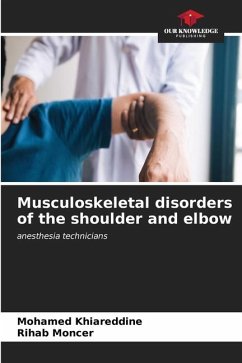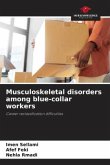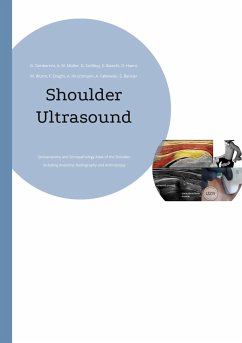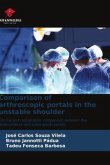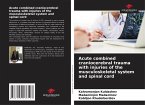Shoulder and elbow MSDs are frequently recognized as occupational diseases, and their origins are multi-factorial. No studies have been carried out on anesthesia technicians, yet this activity seems to generate various risk factors. The objectives of this study are to assess musculoskeletal disorders of the shoulder and elbow in anesthesia technicians, as well as their risk factors, and to reveal the impact of these disorders on psychology and quality of life. To meet our objectives, we conducted a cross-sectional survey of a representative sample of anesthesia technicians providing care and anesthesia in the operating theatres of the Sahloul University Hospital in Sousse. A total of 24 anesthetists were surveyed, with the mean of the MSK-HQ questionnaire calculated as 31.12/56; with HAD-Depression: 11.4/21 and HAD-Anxiety: 13.82/21. MSDs of the upper limb are a real scourge in the care environment, both in terms of prevalence and the associated disability and degradation of workcapacity engendered. Multidisciplinary management is essential.

